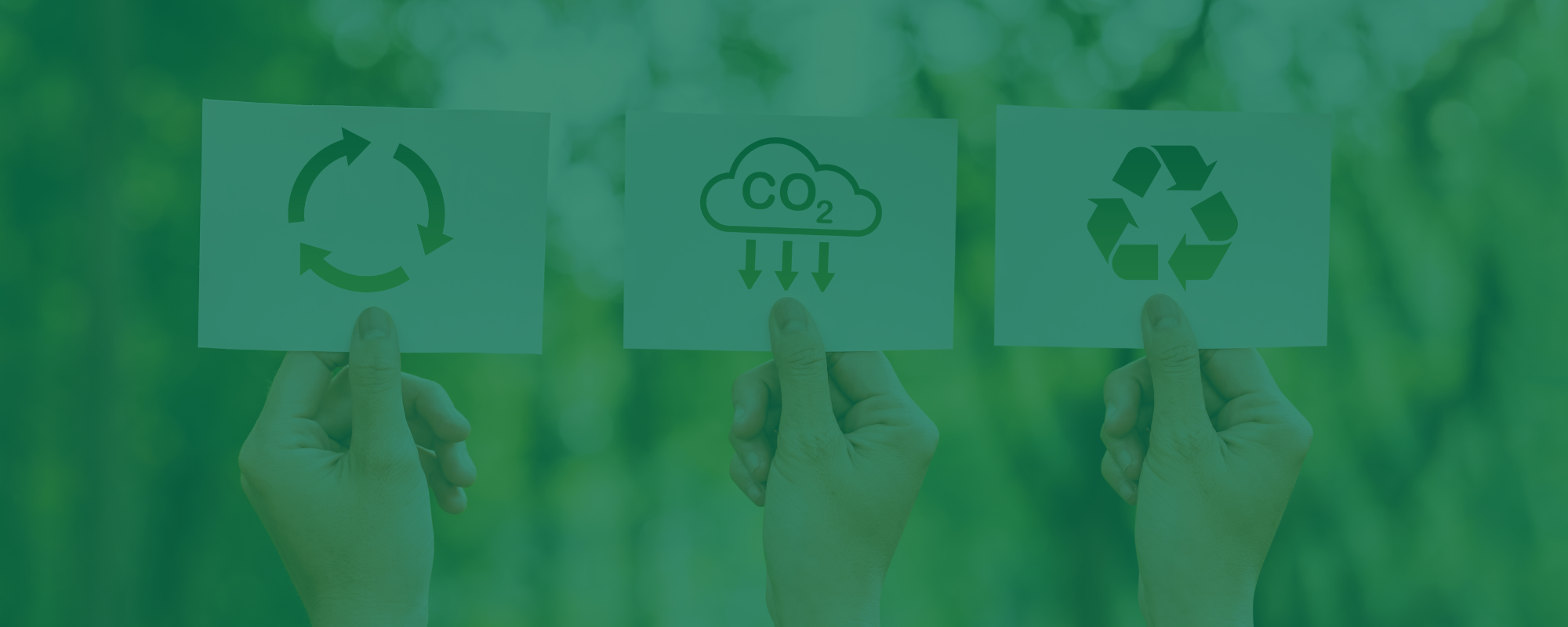As we navigate through what true environmental sustainability involves, the paper vs plastic choice becomes a critical decision.
In the realm of environmental sustainability, the battle between paper vs plastic has taken center stage. While both materials bear environmental impacts, the crucial consideration lies in understanding which problem we are truly trying to solve. The pressure to replace plastic could be leading us to an alternative that poses greater environmental challenges.
From Trees to Tide Pools: A Shifting Landscape of Environmental Concerns
For decades, paper held the dubious title of environmental pariah. Concerns about deforestation, water consumption, and chemical pollution during paper production solidified its negative image. Then came the plastic revolution, promising convenience and solving some of paper’s logistical challenges. However, as plastic production skyrocketed, concerns about its environmental impact rose. Images of sea turtles choked by plastic bags and microplastics infiltrating ecosystems sent shockwaves through public consciousness. Plastic, once the hero, became the new environmental villain
Navigating the Nuanced Reality
While the plastic pollution crisis demands immediate attention, it’s crucial not to let the paper issue fade into the background. A recent study by the Columbia Climate School compared the environmental footprints of manufacturing plastic and paper bags, revealing surprising insights:
- Fossil Fuel Use: Plastic bags utilise less fossil fuel (14.9kg) compared to paper bags (23.2kg)..
- Solid Waste Generation: Plastic bags generate less solid waste (7kg) than paper bags (33.9kg).
- CO2 Emissions: Plastic bags have a lower CO2 footprint (0.04 tonnes) compared to paper bags (0.08 tonnes).
- Water Consumption: Contrary to popular belief, paper bags require a hefty 1,004 gallons of water for production, whereas plastic bags only consume 58 gallons.
- Energy Usage: Plastic bag production demands less energy (763 megajoules) compared to paper bags (2,622 megajoules).
It is also important to note that plastic breaks down at a similar rate to paper and is much easier to recycle.
Navigating the Challenges of Plastic Use
While plastic plays a crucial role in our lives, offering numerous benefits, it often faces heightened scrutiny regarding concerns related to collection, recycling, and its presence in oceans and waterways. The potential impact of microplastics and nano plastics on human health and sea life is a subject of concern, although it’s noteworthy that conclusive evidence regarding their negative impact on human health is currently lacking. Despite legitimate concerns about the environmental impact of plastics, it’s crucial to avoid hastily labelling plastic as taboo. Before contemplating its replacement, a thoughtful approach involves identifying the specific environmental issue at hand and carefully assessing the impact of any proposed alternative.
Understanding the Complexities of Paper as an Alternative
Despite its common perception as the most environmentally conscious substitute for plastic, a thorough life cycle analysis comparing plastic and paper unveils a nuanced narrative. Contrary to popular belief, the production of paper significantly adds to greenhouse gas (GHG) emissions. These emissions are directly linked to global warming, contributing to the escalating temperatures in our oceans, the melting of ice caps, the rise in sea levels, and the bleaching of coral reefs. While the risks connected to microplastics remain inconclusive, the concrete impact of GHG emissions on climate change is unquestionable.
Provoking Thought: Unmasking the True Dilemma
In the face of these undeniable facts, a pressing question emerges, challenging us to the core: are our attempts to replace plastic inadvertently worsening, rather than alleviating, our environmental predicaments?
As the repercussions of climate change loom ever larger, our decisions carry unprecedented significance. We find ourselves compelled to introspect: What is the genuine issue we are earnestly striving to address?
Amidst the complex tapestry of true environmental sustainability, the decision between paper and plastic transforms into a pivotal choice. In a world where every decision matters, let’s make informed choices that contribute to positive shifts in our environmental landscape.
Conclusion
In the paper versus plastic conundrum, our pursuit of environmental harmony begs the question: are attempts to replace plastic unintentionally worsening environmental challenges? From paper’s tainted past to plastic’s rise and fall, the narrative unfolds against an evolving environmental backdrop.
In confronting the plastic pollution crisis, intensified scrutiny calls for thoughtful alternatives. While paper is often viewed as eco-friendly, a closer look reveals nuanced emissions linked to climate change. The profound question emerges: are our attempts to replace plastic inadvertently exacerbating environmental issues?
Key takeaways—support sustainable practices, encourage responsible paper use, advocate for waste management, and reduce consumption—illuminate a path forward in an era demanding environmental consciousness.
At Sancell we have surpassed the national plastics target by 250%. All of our packaging is made from 50% recycled content making us the only bubble manufacturers in Australia to achieve this. To learn more about our environmental achievements click here.
Supporting Articles:
The Economic Times – Paper or Plastic
The Conversation – Obsession with Plastic Pollution

